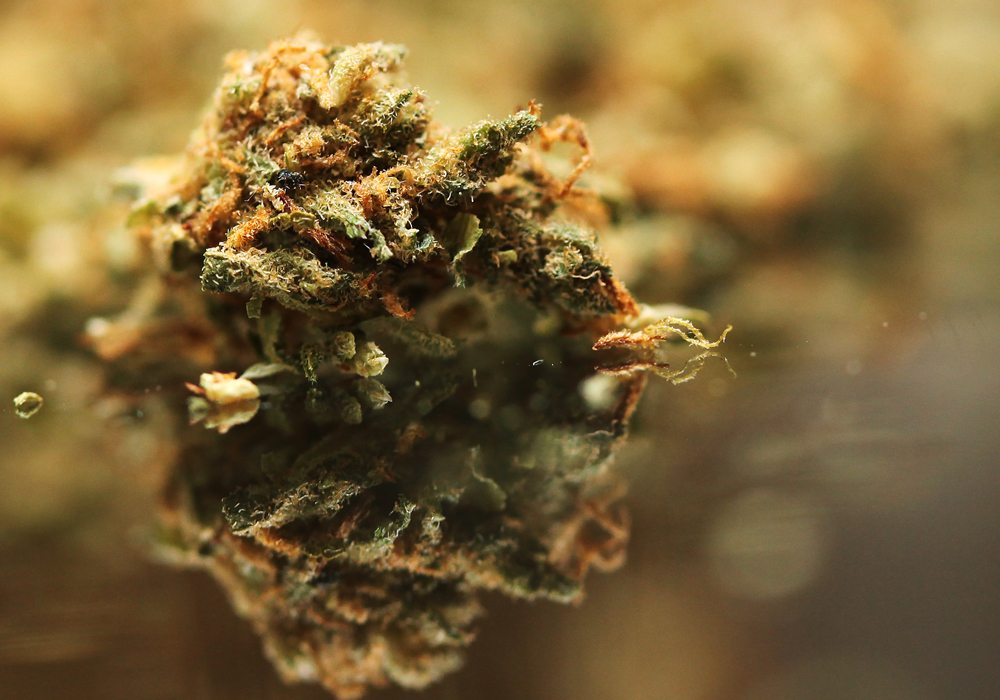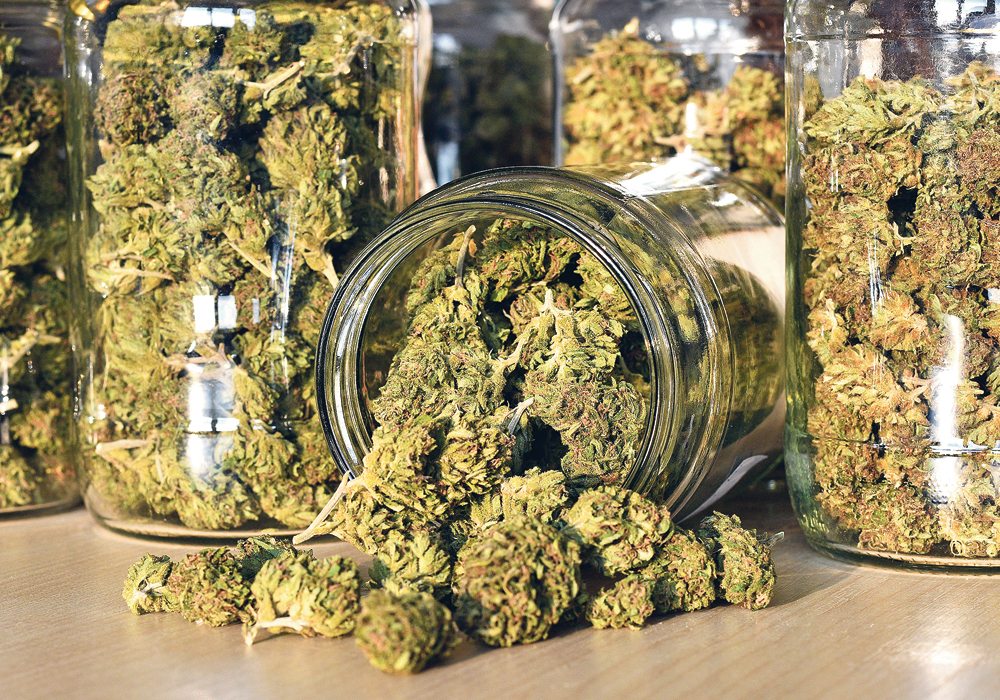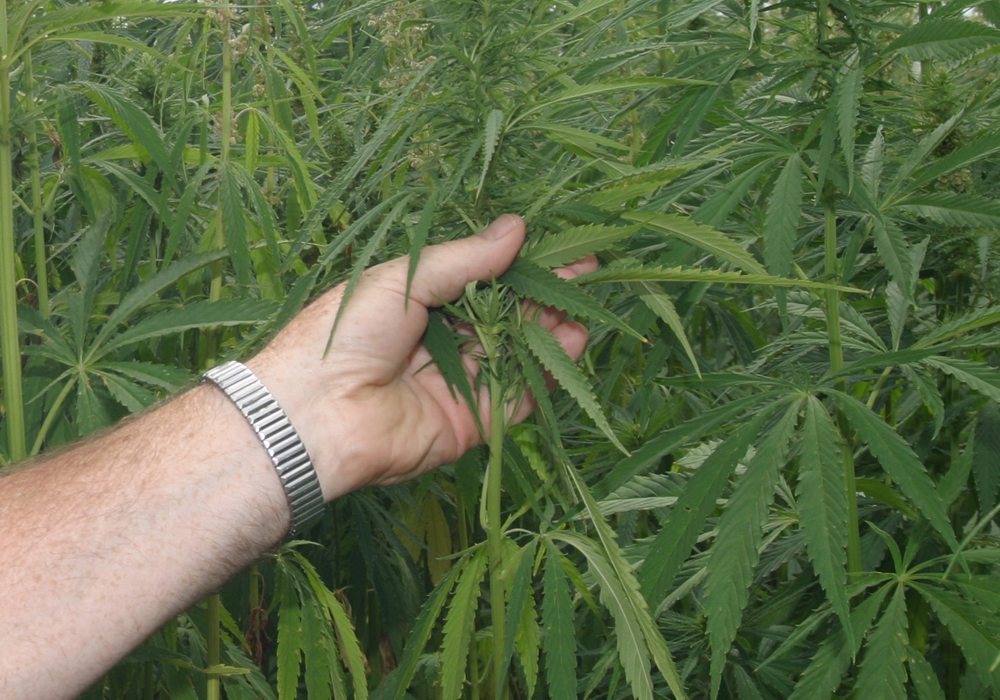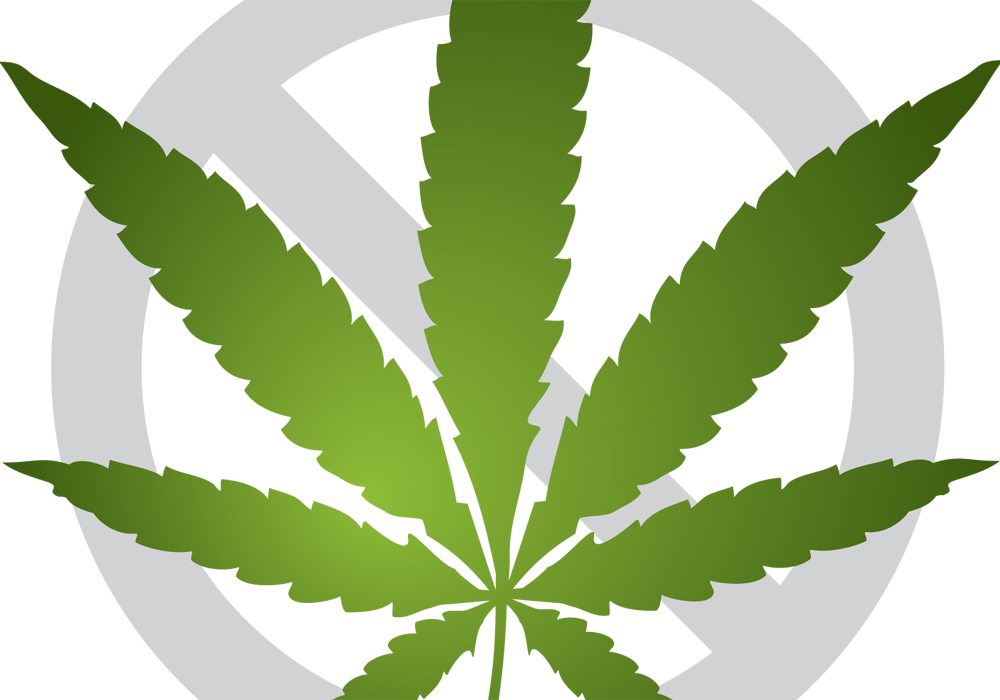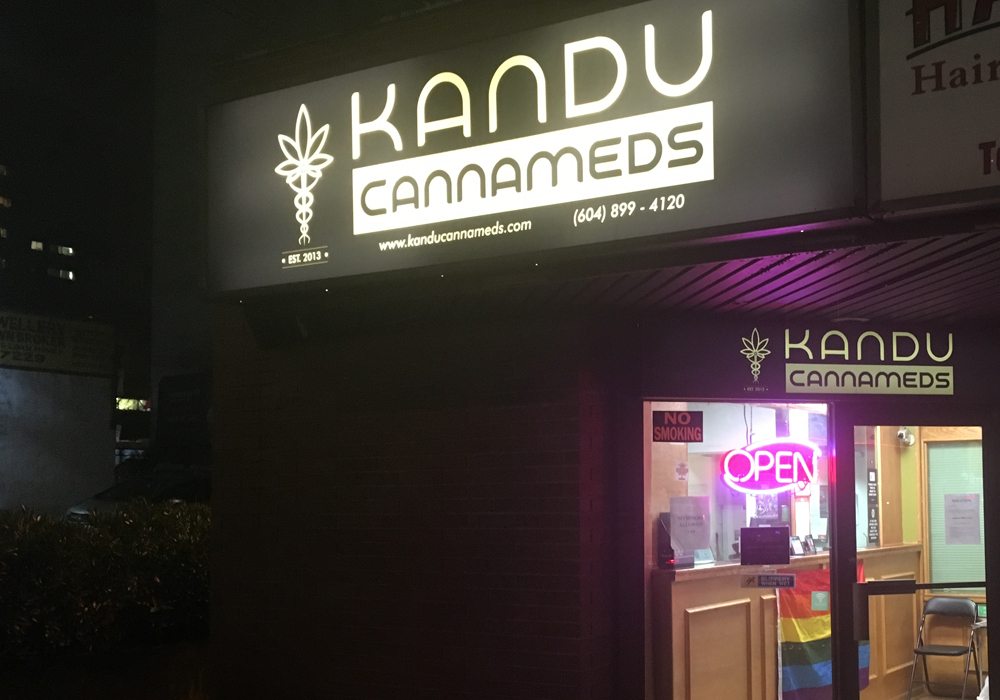Intensive management requirements and potential contamination from hemp crops will be formidable challenges: expert
With the clock ticking down toward legalization of marijuana, a green rush scenario fuelled by dreams of big profits has some people contemplating whether to grow a crop.
Not so fast, say people connected to the cannabis industry.
“We’ve seen it in the U.S. where people said, ‘we’re going to become marijuana growers,’ and things just crashed out below them,” said Anndrea Hermann of The Ridge International Cannabis Consulting near Steinbach, Man.
“We’ve even seen it here. How many applications have gone in to become a licensed LP (licensed producer for medical purposes)? How many people get those? Not many,” said the researcher and agronomist.
Read Also

Saskatchewan dairy farm breeds international champion
A Saskatchewan bred cow made history at the 2025 World Dairy Expo in Madison, Wisconsin, when she was named grand champion in the five-year-old Holstein class.
However, while legislation has not been set in stone yet, Hermann said many grain farmers may not fully appreciate the complexities of growing marijuana outside.
She compares growing it to raising pumpkins because of the high maintenance.
“It’s definitely a mind switch. It’s basically trying to take a grain farmer and say, ‘now you’re going to grow pumpkins,’ ” she said.
“You actually have to go outside all the time and turn the pumpkins to make them ripe.”
Thaddeus Conrad from Pinnie, Man., is a licensed grower and operates the Platinum Cannabis Group.
With about 25 years of experience producing marijuana, he said people should do their own research.
“The rhetoric that the media has had for years is that cannabis is easy to grow and produce. It’s not at all. You’re dealing with a plant that needs nurturing,” he said.
Hermann said growing marijuana outside on the Prairies is nothing new, but the plant may not be a viable choice for the average grain farmer’s workflow, crop rotation and finances.
“I would say, yes, could you grow it there, absolutely, but it’s just on what kind of economy of scale you’re looking at…. It could be worked into a rotation but not as I think we’re classically thinking about a crop rotation,” she said.
“So, it’s a definite change in the infrastructure and functionality of what’s happening on the farm, especially if you’re talking about a large number of these plants.”
Conrad recommended that farmers unfamiliar with growing marijuana hire a consultant who knows the business.
Hermann said most of the marijuana grown outdoors is produced from cloned plants, which involves a different kind of agronomic setup compared to hemp seed or grains.
Marijuana production usually requires a greenhouse to grow mother plants, taking the clones from them, weathering and then transplanting outside.
“You’ve already had to have a whole bunch of infrastructure put together, which becomes a labour success but also a labour issue,” she said.
Marijuana typically requires three to five sq. metres of space per plant, which is a significant amount of open ground.
“This is because you want this plant to get big and bushy. And you also need to be able get in there to manicure this plant because it’s not like hemp where you plant it and it grows,” she said.
“Whether or not you’re growing female cannabis, female only for high THC (tetrahydrocannabinol) marijuana or female only for industrial hemp for other extracting, there’s a lot of field maintenance that has to be done.”
She also said a dedicated and educated labour force is a big challenge for producers.
“How are you going to get enough people, especially if you have a large acreage, to go out there and essentially spend every singe day, day in and day out maintaining these plants?
“This has come to be a problem in areas where there have been housing issues, labour issues, access-to-goods issues that came up from these larger scale outdoor marijuana or female-only hemp facilities opening up in the U.S.”
Most prairie farmers are highly mechanized and operate with relatively small seasonal crews, so Hermann suggested producers start by growing hemp as a natural progression into the cannabis industry, instead of the high stakes, labour intensive and temperamental marijuana.
“This would give those traditional farmers another way to increase their farmgate with mechanisms that they understand,” she said.
Unlike marijuana, she said industrial hemp already has a pedigreed system in place like other crops that are controlled by the Canadian Seed Growers Association and the Canadian Food Inspection Agency.
However, it’s not clear yet whether extracted material is going to be able to move from the hemp regulations into the marijuana regulations, or if there’s going to be an allowance for that material to stay within the hemp regulations.
“Right now, what it looks like is that flowering part, chaff, the green parts of the plant that we’re currently not allowed to work with — it’s looking like they (Health Canada) are going to set it up to where it can move from the hemp regulations into the marijuana program,” she said.
Hermann thinks the new regulations are going to open a large door for the Canadian hemp industry and allow for total crop use.
“It will increase our farmer’s ability to increase their farmgate and diversify what they’re able to harvest off the hemp plant,” she said.
However, one potential problem that could undermine widespread outside marijuana production is what Hermann called the cannabis cultural clash.
It’s where winds pick up and carry hemp pollen from one field, and destroy a marijuana crop growing in another field.
“That’s where the industrial hemp pollinates with all the outdoor marijuana, which is ruined because it all became flowering heads. And the (ruined) marijuana could not be harvested for hemp because hemp is only grown from that pedigreed seed list,” she said.
“I think that’s something that people don’t completely understand either.”




